Title photo sp. 7 by Ludovic
Costasiella is a genus of sacoglossan sea slugs
Sacoglossons are ‘solar powered sea slugs’ aka ‘sap sucking sea slugs’ which live by ingesting the cellular content of algae. Some will just digest this fluid, others will store the living chloroplasts in their own tissues, which continue to photosynthesize benefiting the sea slug!
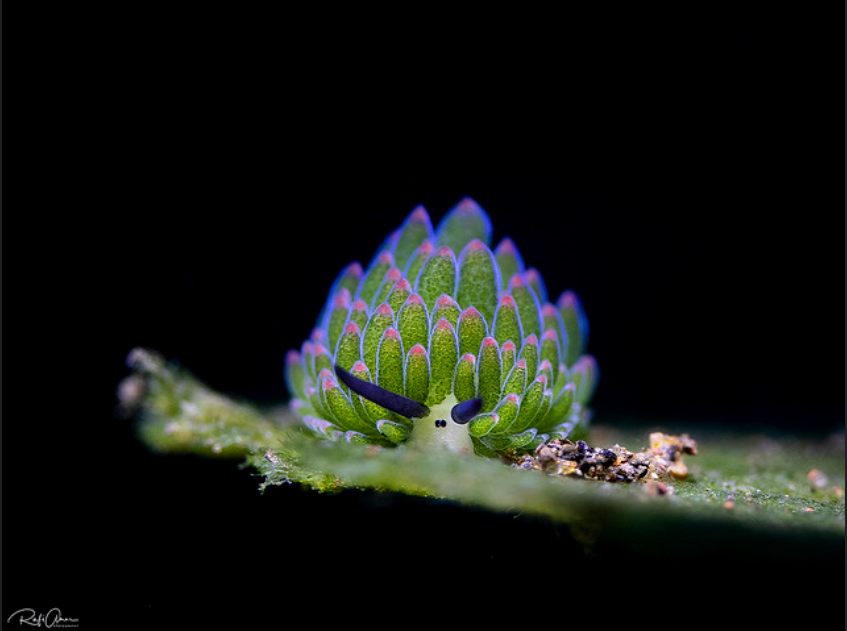
Above photo C. kuroshimae by Michaels Bubbles
There are currently 17 different species in the genus, and they are tiny some are only 2mm! The largest can be up to 13mm!
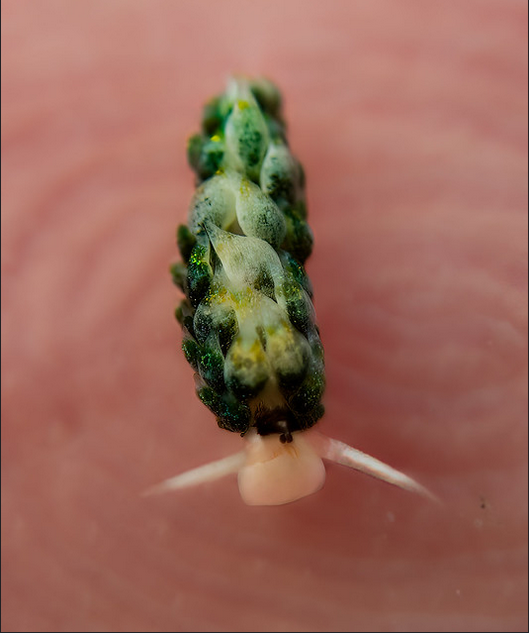
Above photo sp. 2 by Jean-Marie GRADOT
Costasiella kuroshimae was discovered off the coast of the Japanese Island of Kuroshima, and later also found in the sea off Japan, The Philippines and Indonesia. They have 2 dark coloured eyes, and 2 rhinophores (club shaped structures) that look like sheep ears, these have given them the name of ‘leaf sheep’

Above, C. kuroshimae by Anilao~Critters
From the limited information that I could find, C. kuroshimae itself has 7 different types (numbered as sp 1-7) and within each sp there are subtle variations
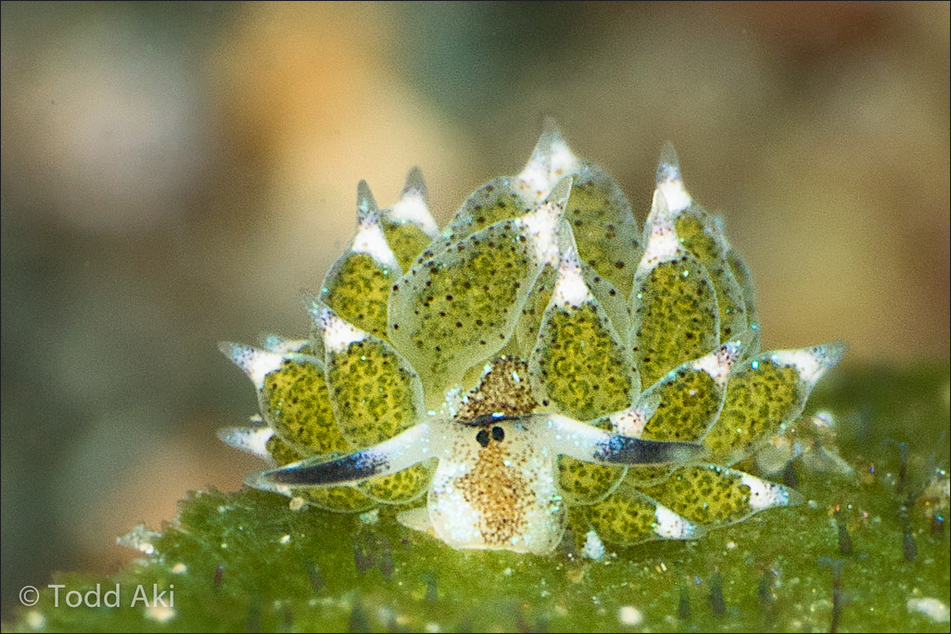
Above, C. kuroshimae by Todd Aki
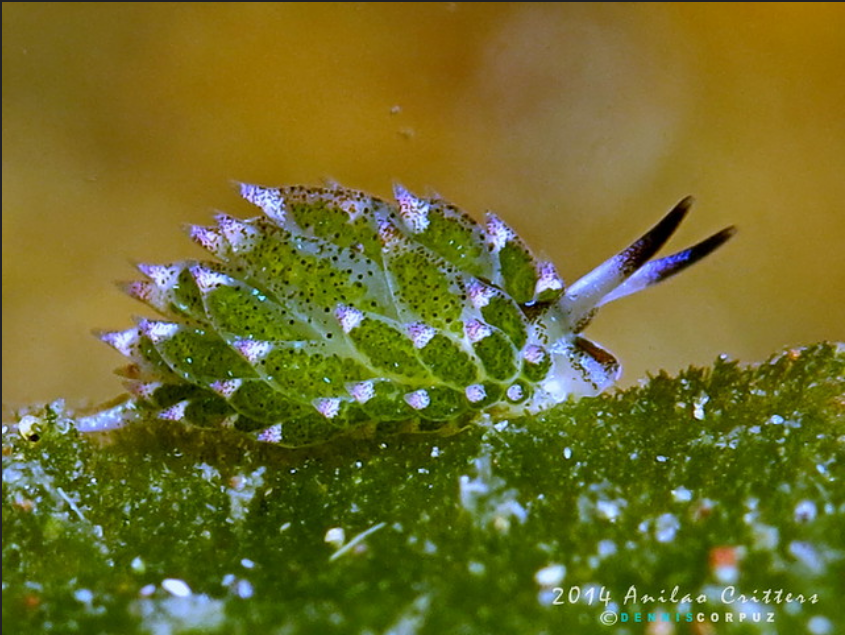
Above photo sp. 5 by Anilao~Critters
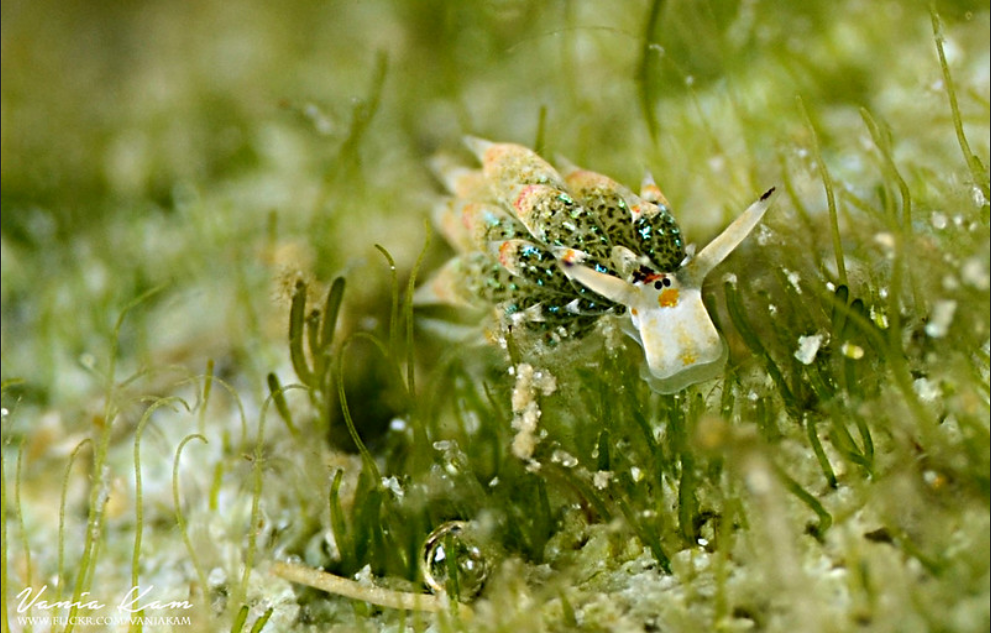
Above, C. kuroshimae by Vania Kam
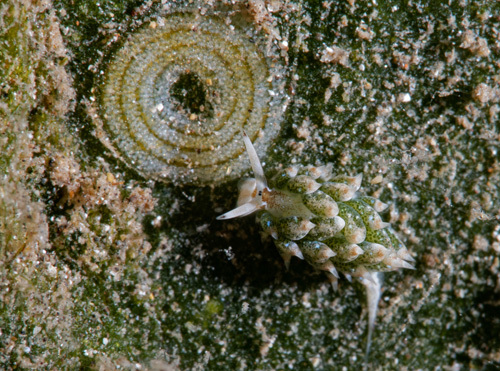
Above photo of C. kuroshimae with spiral shaped egg mass, by Kelly McCaffrey

Above ‘family tree’ of Costasiella, with the different types of C. kuroshimae sp 1-7 source
Other species of Costasiella include C. Usagi…
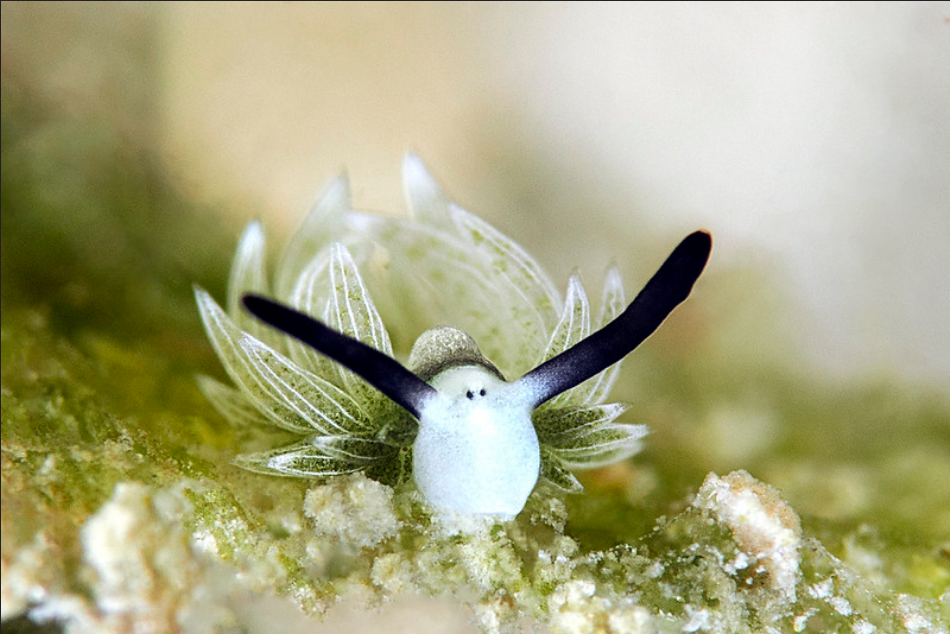
Above, photo by Allen Lee
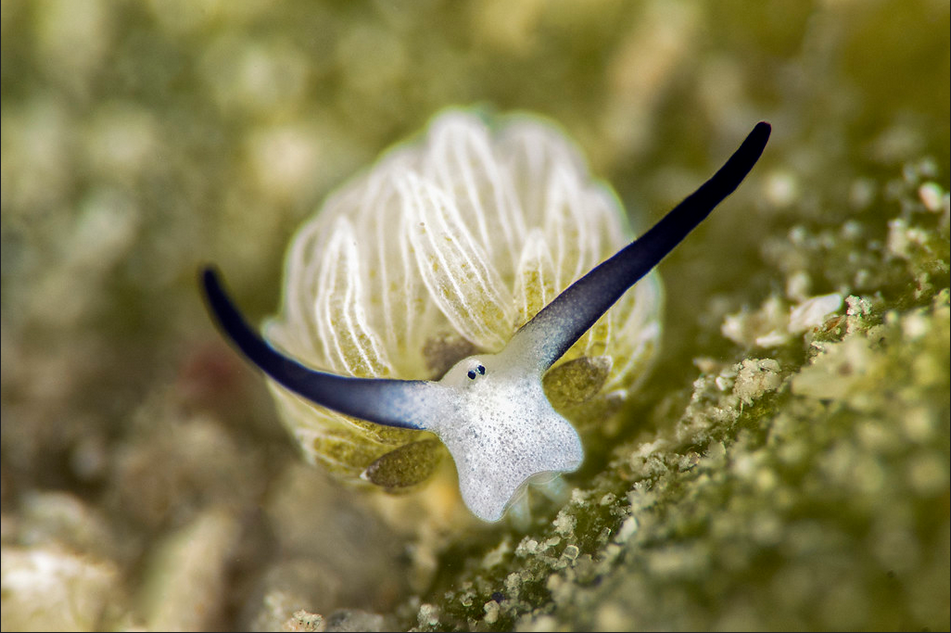
Above, photo by Allen Lee
Others within the genus…
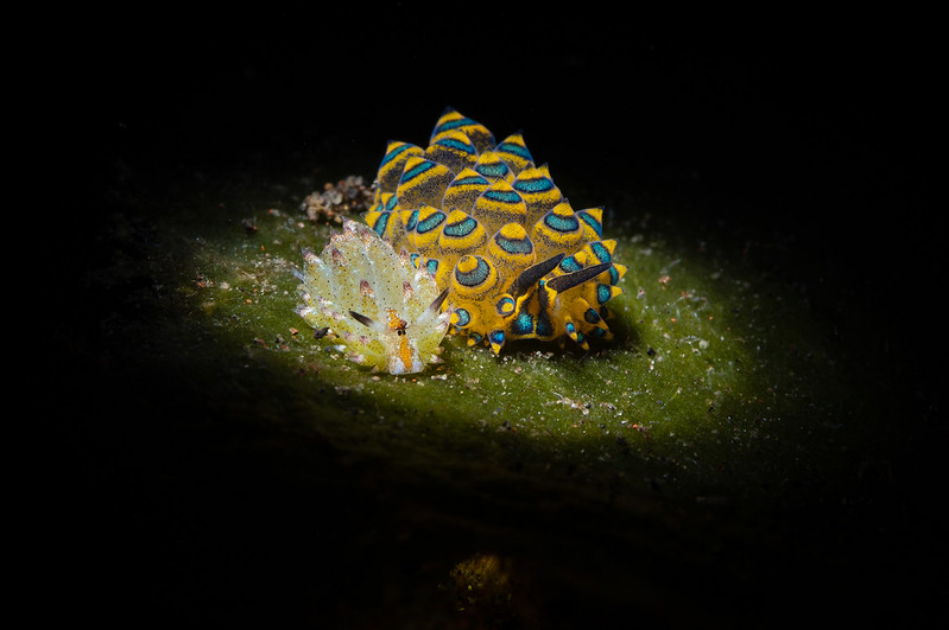
Above, photo by Ludovic
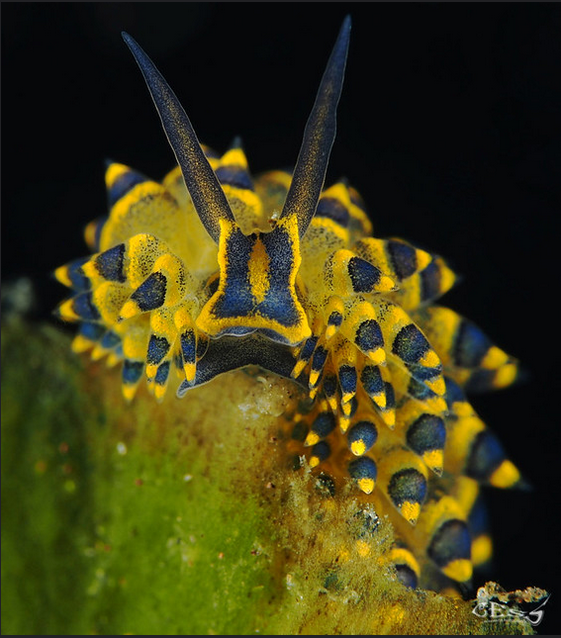
Above, photo by Patrick Ess
And finally, some more photos of the Leaf Sheep (C. kuroshimae)…
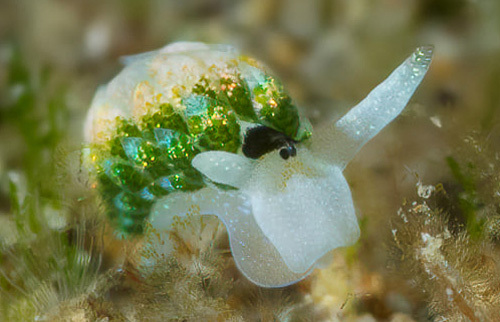
Above, Costasiella sp. #1 photo by Jenna Szerlag
…weeeeeeeeeeeeeee!!
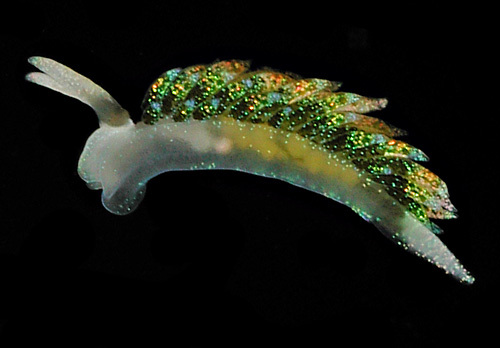
Above, Costasiella sp. #1 photo by unknown
Information via wikipedia- Costasiella and C. kuroshimae, also from here and here
Apologies folks, if this post is a bit patchy and garbled, there really isn’t a lot of information about these nudibranchs…but I thought the photos were really nice!
Oh damn, they’re much smaller than I expected them to be.
Yep, it’s probably why they were only discovered (relatively) recently and good photos are hard to find, unlike their bigger relations…Having said that I didn’t realise they’d be that tiny!
Some more photos…
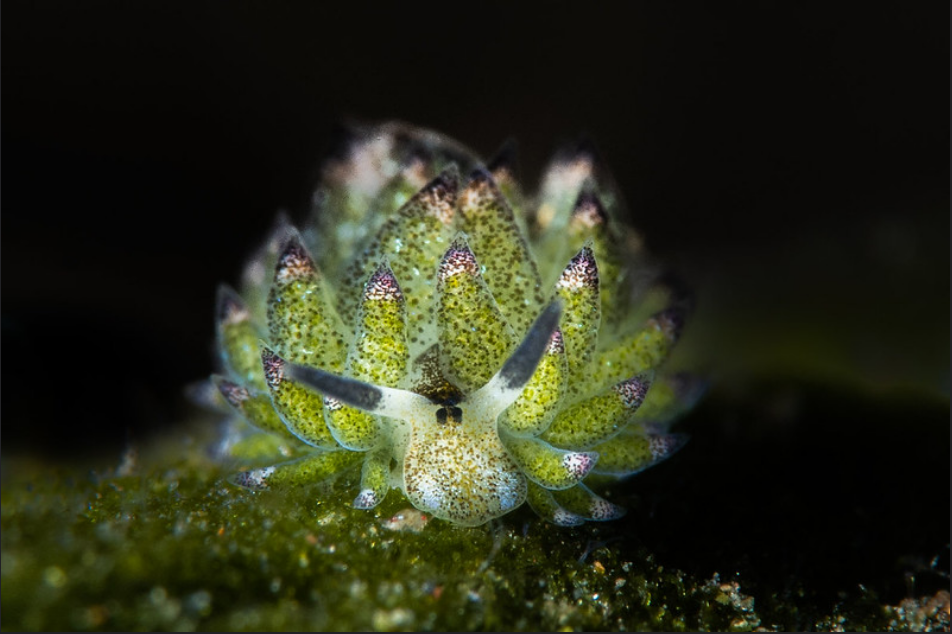
Costasiella kuroshimae by Michaels Bubbles
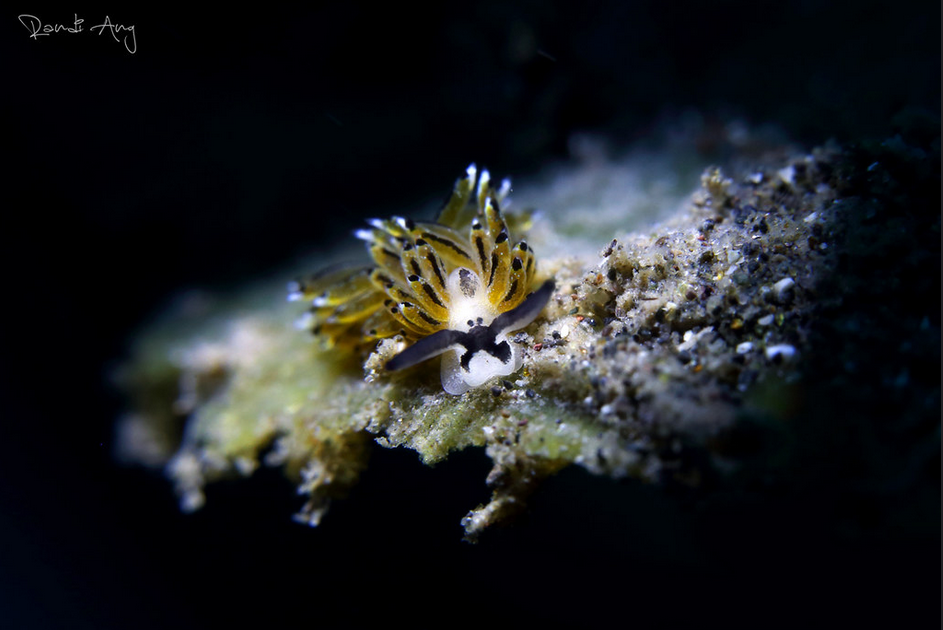
Costasiella sp.4 photo by Randi Ang
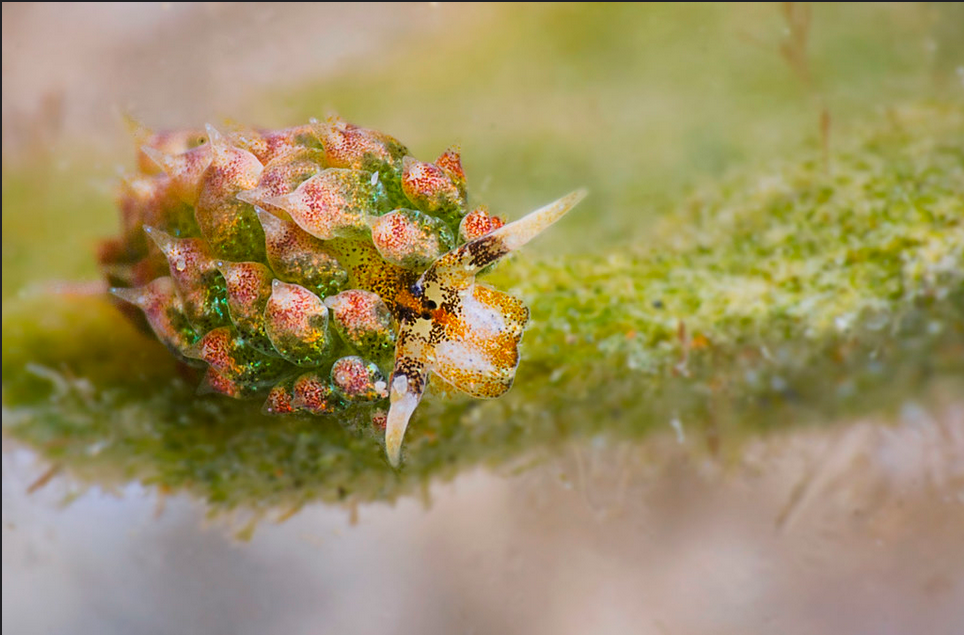
Costasiella sp. by Thomas Vignaud
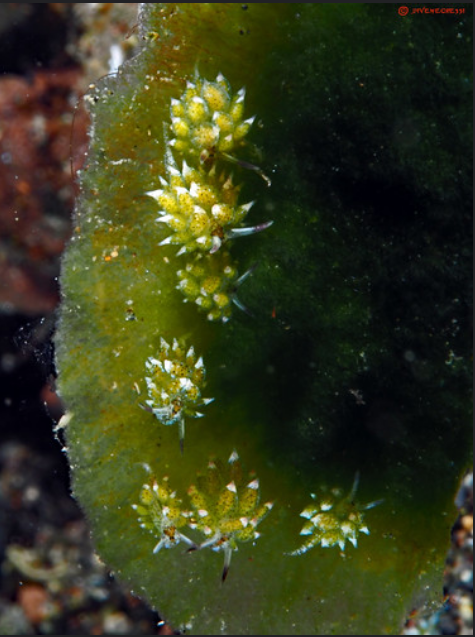
Group of Costasiella kuroshimae by divemecressi
Do they ever need to eat again once they’ve consumed enough to start photosynthesis?
[they] use the chloroplasts of the algae on which they feed, which they keep alive for hours to months after their ingestion…
Sacoglossans have been known to survive for months living solely on the photosynthetic products of their acquired plastids
Sacoglossans are able to choose which method of feeding they use. The switch from active feeding to photosynthesis in sacoglossans is triggered by the shortage of food resources, and typically not preferred
starvation periods (with photosynthesis and no active feeding) vary between species of sacoglossans from less than a week to over four months, and photosynthesis is used as a last-resort mechanism to avoid mortality
All from wikipedias page on sacoglassa…the whole process is fascinating and worthy of a post in itself, probably one for next week 👍
Thank you.
Cute underwater sheepie. :3
Wake up, sheeple!


